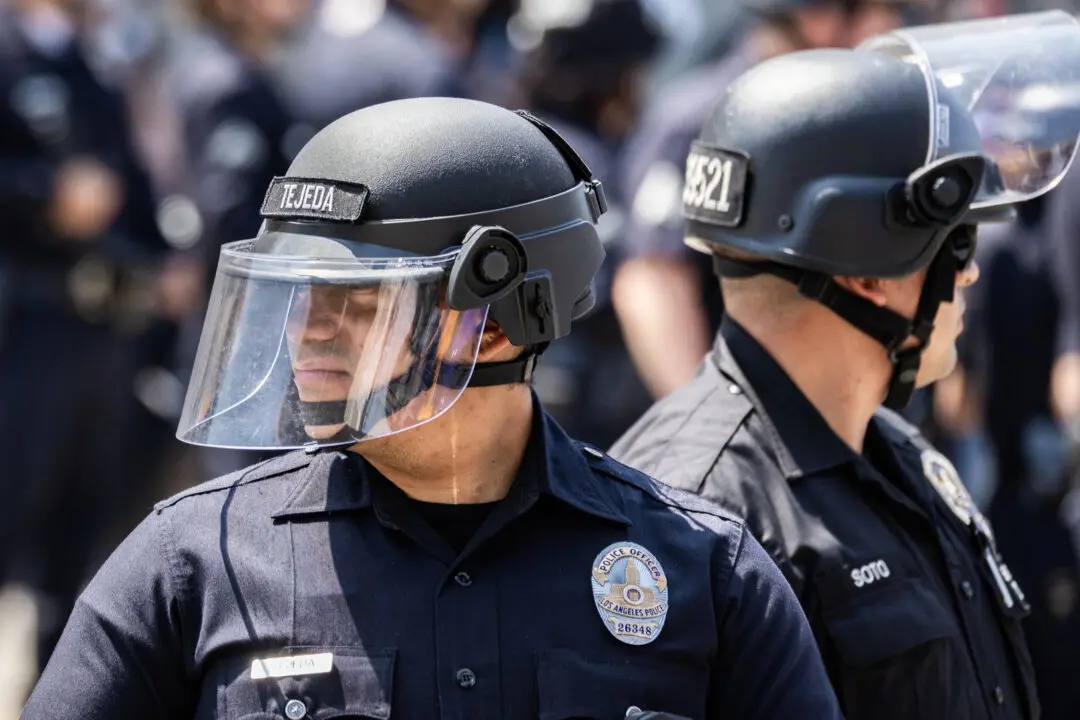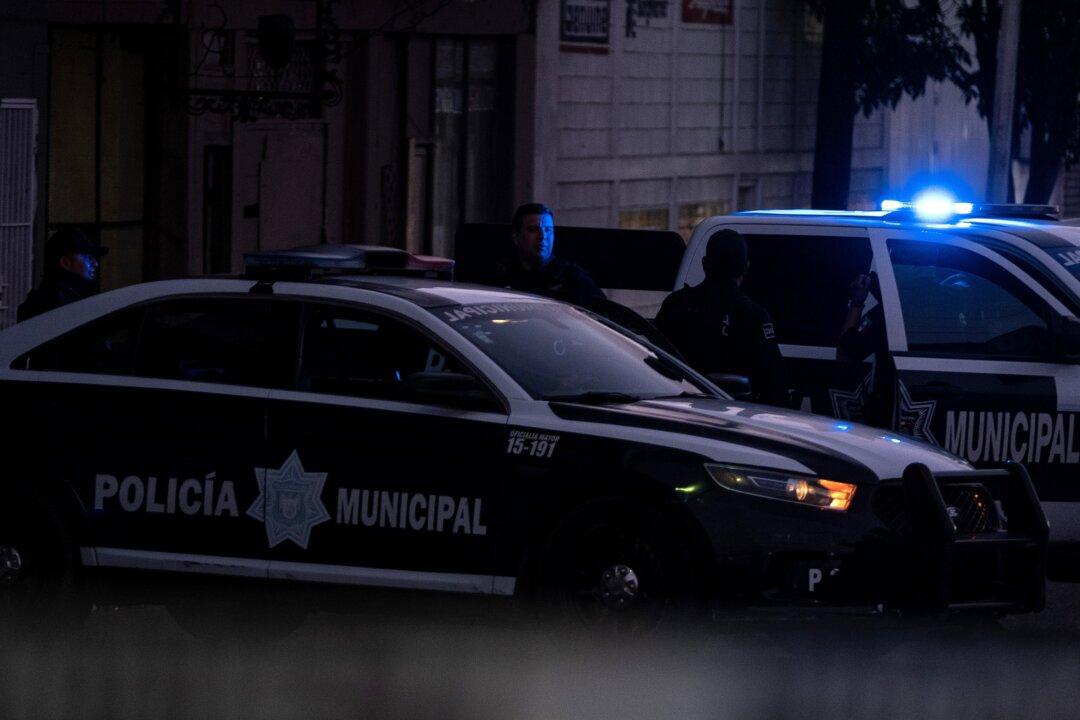Orange County and the rest of Southern California fell under sweeping new health restrictions Dec. 6 due to the rapidly increasing number of hospitalizations from the coronavirus, just after the county reported one of its largest daily totals of new coronavirus cases.
A state-mandated, regional stay-at-home' order went into effect at 11:59 p.m. Dec. 6, triggered when intensive-care unit bed availability remained below 15 percent after Dec. 5’s daily update, according to the California Department of Public Health.





